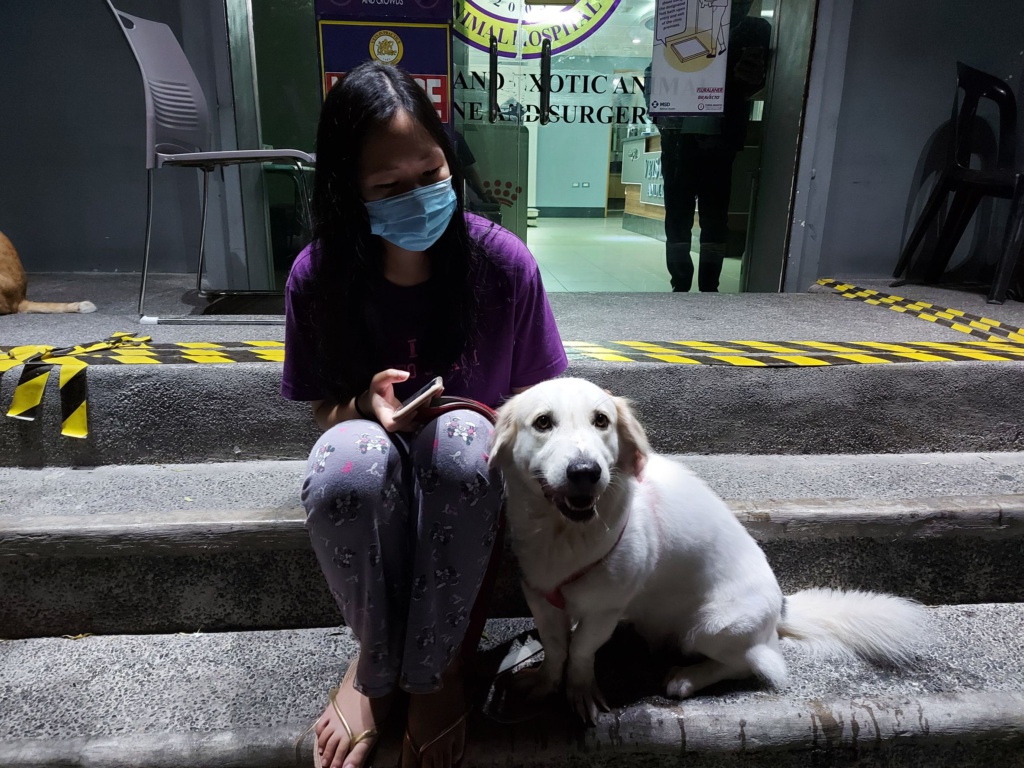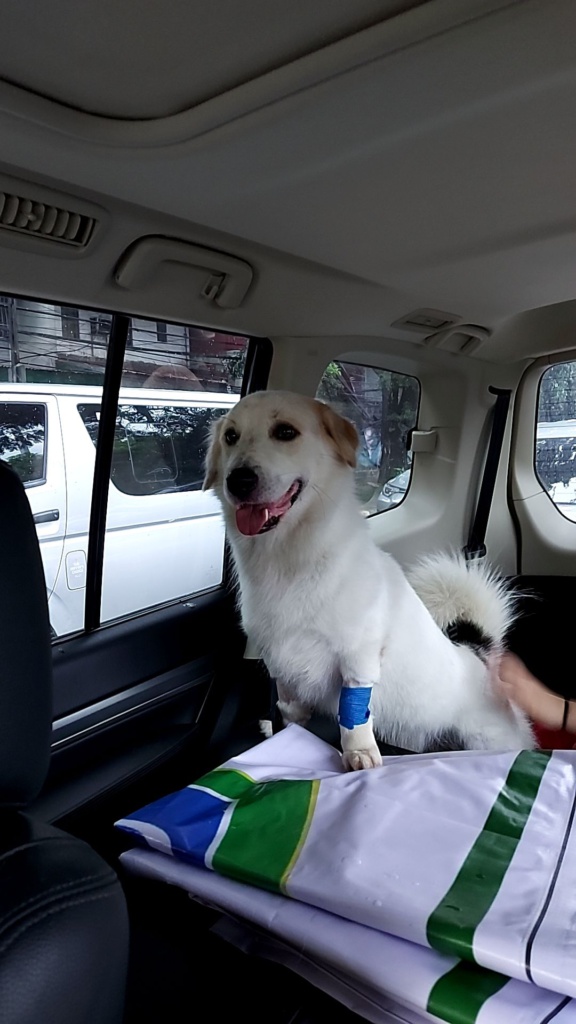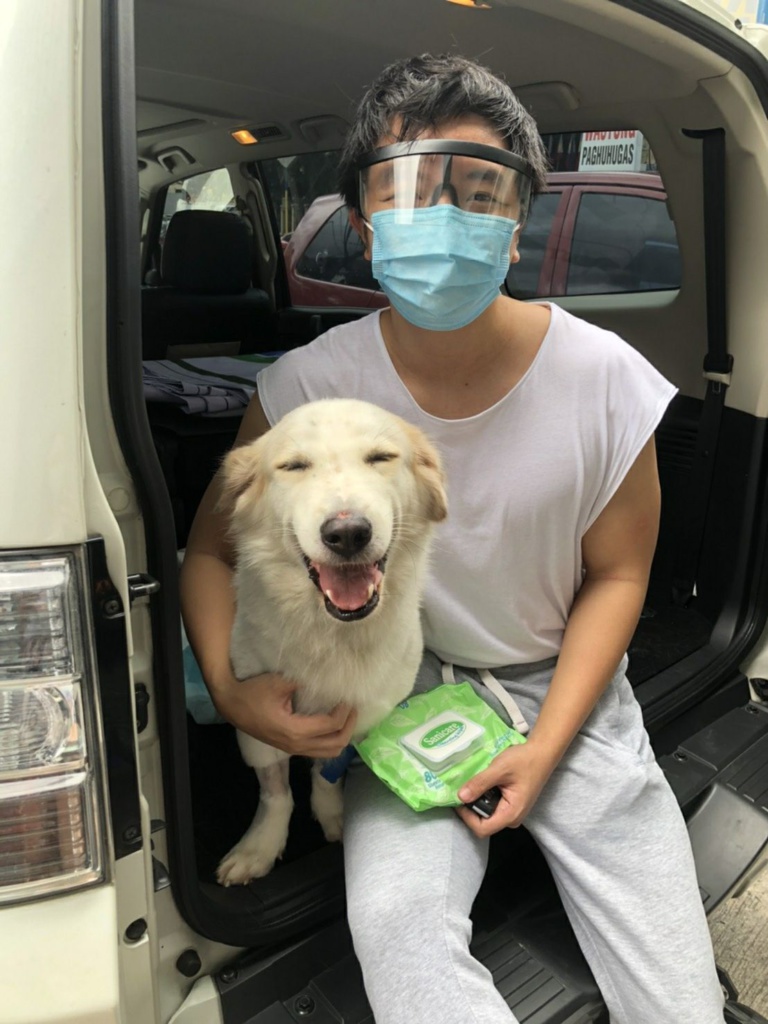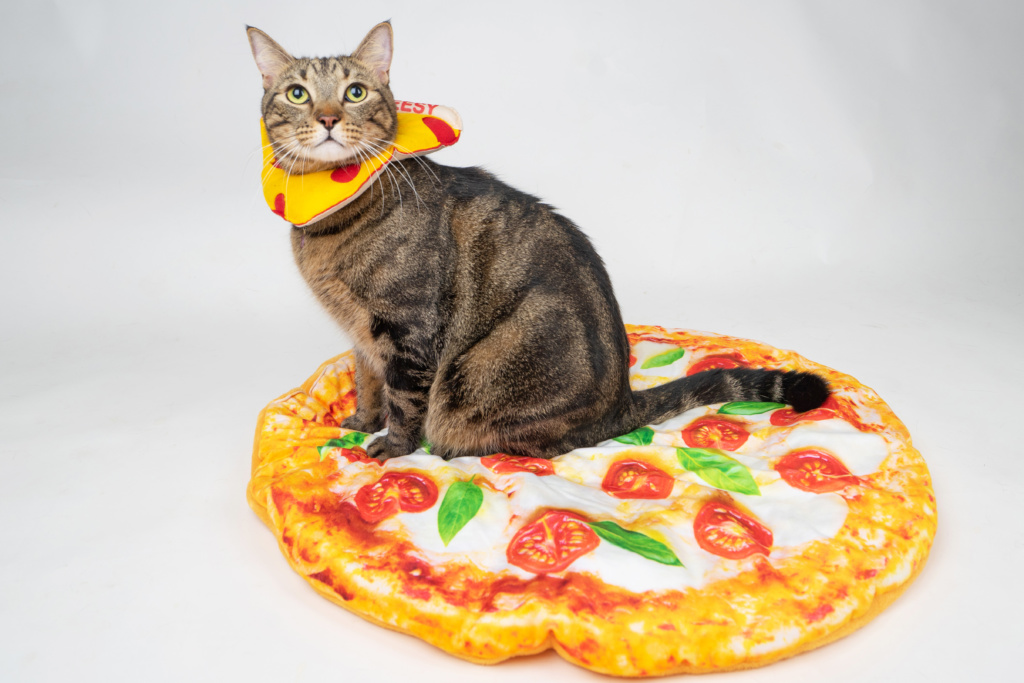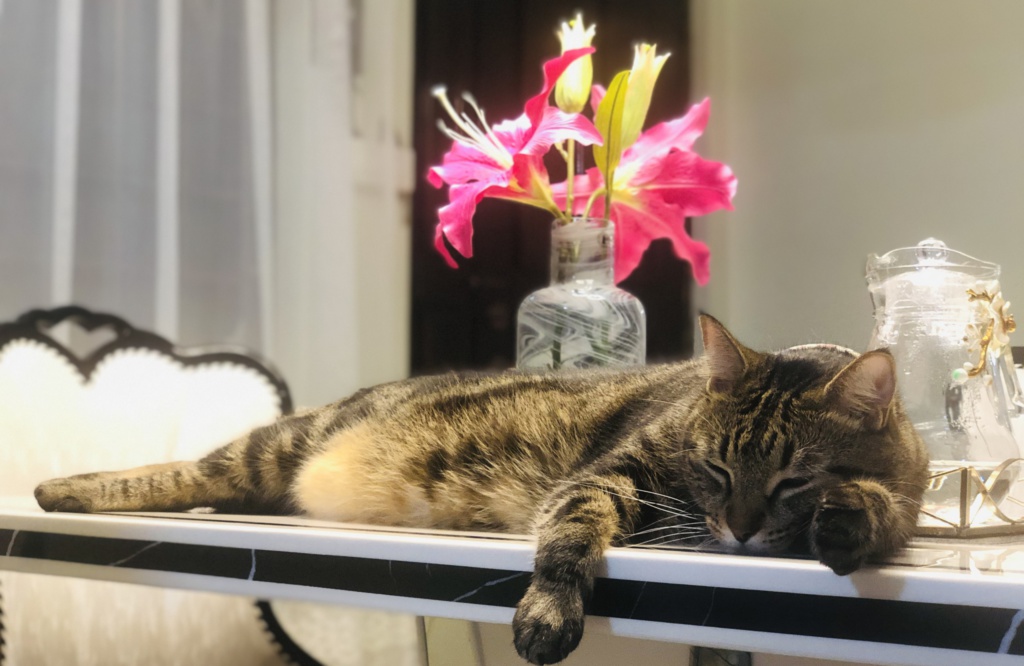Small amounts of chocolate are unlikely to be deadly to larger dog breeds. Chocolate is responsible for about 25% of canine poisoning incidents. But yes, it can kill dogs.
Chocolate is one of the most highly poisonous foods for dogs. It’s also a commonly found food for humans that can be toxic to pets, especially chocolate with high cocoa content.
But, toxicity varies depending on the chocolate and even your dog’s weight.
This article will explore why chocolate can be poisonous for dogs, how much it takes to kill them, and what you should do if your dog eats too much chocolate.

Can Dogs Eat Chocolate?
No dogs cannot eat chocolate. Chocolate is rich in two types of methylxanthine molecules, theobromine, and caffeine.
Chocolate is rich in caffeine and theobromine and both these ingredients are involved in causing chocolate toxicity in dogs.
These chemicals can cause 3 main symptoms:
- Gastrointestinal irritation: After eating a substance that is harmful to your dog, his stomach will attempt to get rid of it through diarrhea and vomiting.
- Diuretics: They make your dog urinate and drink more by forcing excess water to leave the body via the urine.
- Stimulant: Commonly found in most caffeine drinks, this is what causes symptoms such as hyperactivity, rapid breathing, and heart rate.
Chocolate doesn’t have an immediate effect on your dog, and symptoms generally occur after approximately 2 to 12 hours after consumption.
When these symptoms are mild they will usually cease after a day or two. However, depending on your dog’s digestive system and how quickly they process the chocolate, these periods may vary.
Chocolate poisoning is rarely fatal in dogs. Dogs with established cardiovascular or neurological health issues have a higher chance of dying, although this is not usually the case. [1]
Chocolate doesn’t affect humans the same as it does dogs. This is why we can eat it safely!
Humans digest and metabolize the molecules in chocolate more quickly than dogs. So we would have to eat much larger quantities at once for these molecules to have a toxic influence on us.
The concentration of methylxanthines stays for approximately 2 to 3 hours in humans before it starts to decrease. However, for dogs, this is over 18 hours! This gives these molecules plenty of time to circulate and damage their body. [2]
How much chocolate can a dog eat before dying?
This table reveals the LD50 (the dosage that killed half) for caffeine and theobromine. [2,3,4]
| Methylxanthine | LD50 mg/ kg body weight |
| Caffeine | 100 – 140 mg/kg |
| Theobromine | 100 – 500 mg/kg |
This shows that lethal doses are determined by the substance beginning toxicity, and toxicity largely depends on the dog’s weight and digestive system.
Essentially, the same quantity of chocolate could have distinct effects on a Chihuahua as it does with their larger counterparts, like Labradors. A 20 kg dog could be killed by eating anything between 125g and 625g of baker’s chocolate. [4]
Likewise, chocolate with higher amounts of methylxanthines, such as dark chocolate or milk chocolate, has a greater risk of causing negative effects.
So not only does the breed, weight, and metabolism of a dog vary the toxicity of chocolate, but also the symptoms too.
| Methylxanthines (mg) | Symptoms |
| 20 | Excessive drinking, diarrhea, vomiting |
| 20 | Heart symptoms and issues |
| 60 or more | Seizures |
Each type of chocolate has different amounts of methylxanthines in it. For example, milk chocolate is less toxic for dogs compared to dark chocolate.
The DOI conducted several experiments to verify this. In one of these, they identified that half a chocolate bar (250g) could make a dog that weighs 10kg sick. They also noticed that only a quarter of a bag of cocoa powder that weighs 250g could have the same effect.
However, a dog would need to consume a larger amount of milk chocolate to face toxicity issues.
If your dog eats chocolate, we understand it can be difficult to do all these various calculations. Luckily there is a wide variety of handy tools, like this toxicity calculator that you can use if there is such an emergency.
Things to do if your dog eats chocolate
If your dog eats chocolate, we urge you to take them to a veterinarian. I hope the information we’ve discussed above assist you in making an educated decision about what comes next if you are unable to go to the veterinarian right away.
Make a note of how much chocolate they’ve consumed using the toxicity calculator above. Generally, it’s best to over-calculate so you’re planning for the worst-case scenario.
Our recommendation is to observe your dog for at least 24 hours after consumption. To slow down methylxanthine absorption, give your dog more (appropriate) food and keep them hydrated. This will allow your dog’s body to dilute the poisons.
Every 12 hours, give your pup charcoal tablets to help decrease the concentration of methylxanthines.
If your dog has ingested a substance that seems to be getting into his stomach, the vet may choose to force vomiting. Vomiting should only be induced by a veterinarian. You can cause your dog harm if you try to induce vomiting on your own. [4]
If your dog develops nervous or cardiac symptoms, they should be taken to a veterinary hospital or clinic right away. Veterinarians have the right medicines to help your dog recover comfortably and safely.
Conclusion
While death due to chocolate toxicity is uncommon, this does not negate the importance of taking it seriously.
When chocolate isn’t fatal, it can still cause a lot of suffering and pain for your dog. Always seek expert consultation from a veterinarian if you believe they have consumed chocolate.
Chocolate isn’t the only thing that can make dogs sick! If you want to find out more about dog nutrition, try this guide of 35 toxic foods for dogs and find out why they are poisonous for them.



